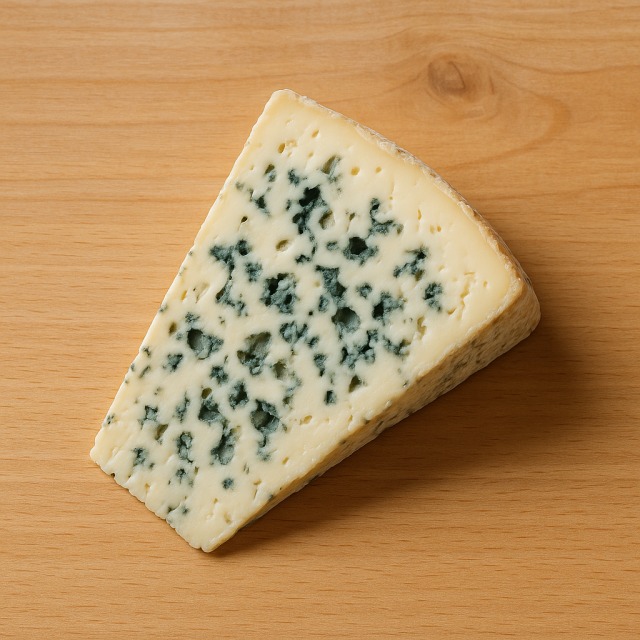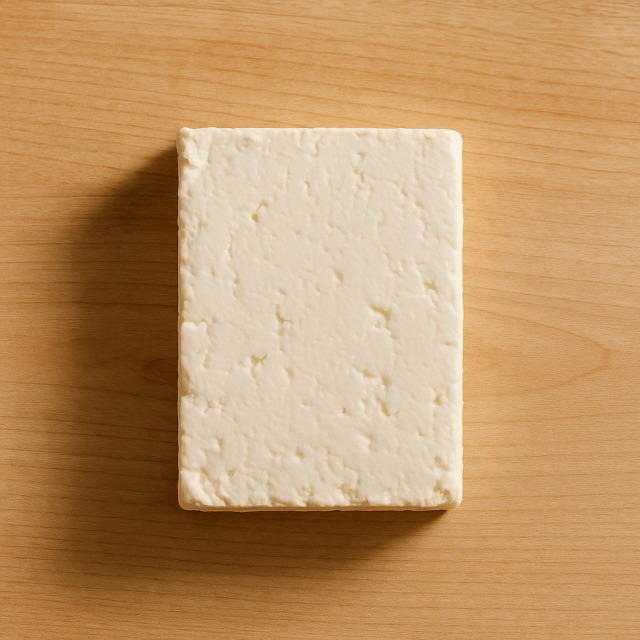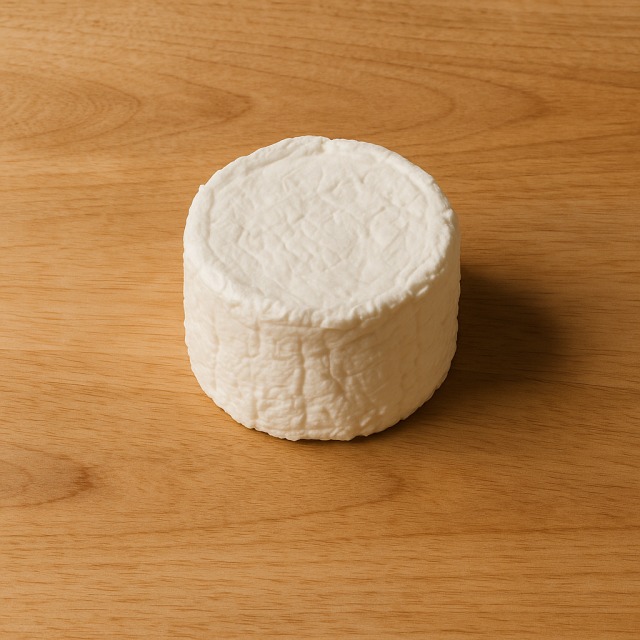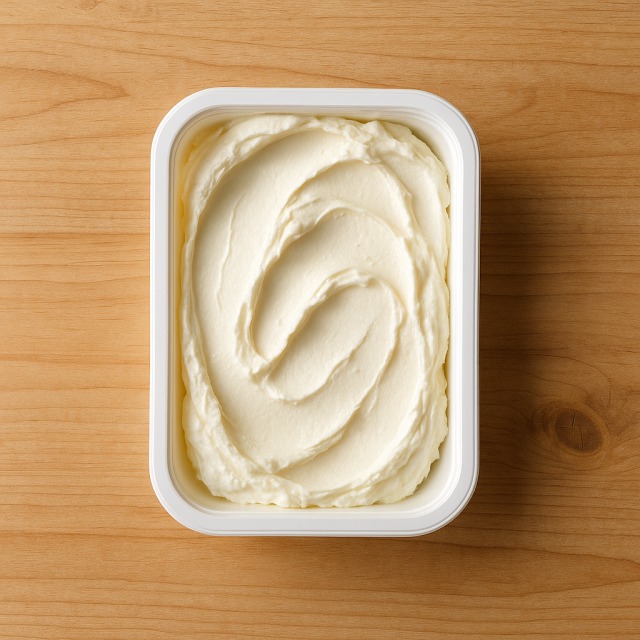Calorie Chart / Cheeses / Roquefort
How Many Calories Are in Roquefort?
Calculation of the nutritional value & Recommended Dietary Intake of roquefort
For g and a calorie requirement of kcal
| Calories 148 kcal | Proteins 7.4 g | Lipids 13 g | Carbohydrates 0 g |
| 7% | 10% | 19% | 0% |
Health benefits of roquefort

Roquefort - 100g
Calories 370 kcal
Proteins 18.5 g
Lipids 33 g
Carbohydrates 0 g
Roquefort is a high-calorie blue cheese, so anyone monitoring their calorie intake should keep portions moderate. Despite its rich calorie profile, it is a valuable source of proteins and supplies more calcium per bite than many lower-calorie dairy products.
This cheese delivers noteworthy amounts of vitamin A for eyesight and skin, vitamin B12 for the nervous system, and vitamin K2, a nutrient currently studied for its supposed role in bone density and cardiovascular health. Minerals such as phosphorus and zinc support energy metabolism, again helping the body use the calories it receives. The characteristic Penicillium roqueforti mold also provides bioactive peptides that may offer supposed antibacterial benefits.
Compared with other blue cheeses such as Gorgonzola or blue cheese, Roquefort is saltier but contains similar calories in the same weight. Its PDO status limits production to the Aveyron region, where legend says a distracted shepherd invented it after forgetting bread and sheep's milk curds in a cave—turning a potential calorie loss into a culinary treasure.
The intense flavor means a small portion satisfies quickly, a handy strategy when you wish to enjoy taste without exceeding daily calorie limits.
Tips for incorporating roquefort into a balanced diet
Because Roquefort packs many calories in a small portion, use it as a seasoning rather than the main element. Crumble 20 g over a mixed green salad with pear, walnut, and apple; you will add depth without exploding your calorie intake. The fruit fiber also helps you feel full while balancing the salty cheese.
For a warm dish, whisk a light Roquefort sauce with a spoonful of fromage blanc 0% and pour it over a grilled beef steak or a roasted chicken breast. This keeps the proteins high, the calories reasonable, and the lipids lower than a classic cream-based sauce.
Fans of vegetarian plates can melt a thin slice into steamed broccoli or spinach: the vegetables add volume with minimal calories, so the overall recipe remains balanced.
If you crave comfort food, bake a Roquefort and potato gratin but replace part of the cream with semi-skimmed milk to curb calories. Plan the rest of the day around lighter foods like apple or cucumber sticks to keep daily calorie intake in check.
Frequently Asked Questions
- How many calories are in Roquefort?
- Roquefort contains 370 kcal per 100 g.
- Is Roquefort suitable for a low-calorie diet?
- Its strong flavor means you can use very small portions (15–20 g) to limit calories while still enjoying the taste, but large servings quickly raise your calorie tally.
- Does heating Roquefort change its calorie content?
- Cooking may evaporate some water but does not significantly modify calories; the proteins and lipids that deliver calories remain.
- Which foods pair well with Roquefort to balance calories?
- Raw fruits like grape or fig add bulk with few calories, while lean meats such as turkey cutlet provide proteins without excess calories.
- Is Roquefort richer in calories than Emmental?
- Yes, Roquefort carries more lipids, so its calories are generally higher per 100 g than many hard cheeses like Emmental.
- Can lactose-sensitive people save calories by choosing Roquefort?
- Roquefort is naturally low in lactose, but the calories remain high; intolerance and calories are separate issues.
Similar foods
Information provided by Calorie Menu may contain inaccuracies or errors. It cannot, under any circumstances, substitute medical advice or medication.










